You’ve just exited I-40 and are heading back to your AirBNB after completing the Sandia Crest Marathon in New Mexico. While waiting for the light to turn green on Tramway Boulevard you see a person your age on the median holding a diminutive cardboard sign that only reads, “homeless”.
Maybe it’s the post run-run high but you feel an explosive rush of deep, deep sorrow. It floods your vision and you wipe away a steady flow of tears that only seem to enhance and saturate every miniscule detail of the person…
the way their wrists are no longer holding up the sign, but rather exhaustively pointing it downward to the high-desert brush. They look immensely thirsty to you. You think of the thirst you experienced just a few miles from the finish-line when aid stations suddenly vanished and your camel-back went dry. You empathically channel their thirst. Their mouth is agape and their skin is dark and leathery. The moment is suspended in dry, hot sun for what feels like hours. You want to help but you are a lane over and then suddenly the light turns green. You drive away.
You don’t even bother considering the posted qualifying time as your goal. You know you will need to add five minutes to the Boston qualifying time to guarantee entrance.
You haven’t been running long, but long enough to know that you’ve had really great years and really shitty years. For 2018 you decide to refocus on one singular goal: qualify for the B.A.A. Marathon, also known as the Boston Marathon. You don’t even bother considering the posted qualifying time as your goal. You know you will need to add five minutes to the Boston qualifying time to guarantee entrance.
You qualified once before hitting a sub 3:15 marathon time. But unfortunately a :37 second cushion just wasn’t enough to join your peers at the Boston party. But hey, you recently had a birthday boosting you into a new age group. Ten more minutes! That should be doable. Now to find a fast race.
You do some research and in late Spring find a quirky downhill mountain race in Albuquerque, New Mexico. The Sandia Crest Marathon… “fastest qualifying race this side of the Mississippi.” 4,000 feet of net loss and a cushy, breezy ride from the top of the Sandia Mountains down into the Albuquerque foothills.
After sharing your race plans your peers chuckle, “Dude, you are nuts.” Your exceptionally talented friends share their anecdotes of downhill races that resulted in nothing but shredded quads and failed goals. Competitive cyclists. Accomplished triathletes. They all tell you the same thing: your quads won’t be able to take it. 4,000 feet of net loss is a suicide mission.
You hire a coach. You have less than three months to get in marathon shape and your base sucks. You haven’t been working on endurance and you never quite recovered whatever speed you had before and after your lofty 2016 accomplishments.
Your Summer training goes terribly. It is the hottest Boston Summer on record with season-long warnings of heat-advisories and high, high humidity. The sea-level sweat-fests make for missed times, shortened miles and running shorts lacerating your skin from being drenched in sweat. It is awful, and not good-awful, but bad-awful.
Mid-training cycle while on a mid-week workout you notice one of your quads, just above the knee, feels a little off. The next day your knee feels like it’s giving out. They were right. That paltry workout of only 300 feet of net loss was enough to make it feel like you couldn’t walk. There is no way you are running down a mountain.
After some sports massage things feel better. You continue your training but time is running out. Your longest runs are 16 miles, 18 miles and 20 miles. Three long runs. You know it’s not enough. You know this because you dive into your Strava logs and identify training periods where you were regularly running 18-22 miles months in advance of previous marathons, not a few weeks. You question what happened to the endurance you once possessed.
You arrive in Albuquerque, New Mexico, a city of randomness that once upon a time you shortly inhabited many years ago. It’s hard not to reflect that of all of the places you and your fiancée could have moved to post-college you chose Albuquerque.
Your rental car isn’t ready so you have to take an Über to your AirBNB.
The car smells like stale cigarette smoke and your driver is chatty and doesn’t hesitate to ask why you are visiting. You divert the conversation and tell her that you once lived in Albuquerque adding a follow up question, “So, did Breaking Bad accurately reflect what’s going on in the Land of Enchantment?”
“It’s worse,” she replies without hesitation.
You find this hard to believe as your memories of the high-desert city are laden with tales of break-ins, broken glass and police officers standing guard at the front of every grocery store as if they were guarding some sort of priceless head of kale. How could it be worse now?
It’s dark and you are hungry. Your Über driver has no problem swinging by The Frontier, a long-standing staple and institution of New mexican cuisine. It’s exactly as you remembered and you don’t hesitate to order greasy enchiladas smothered in Hatch Green Chile.
Your AirBNB is nestled in the foothills of the Sandia Mountains, not far from the race finish. It’s a small casita behind the owner’s home. A small kidney shaped pool separates the two abodes with curious and random bits of ephemera nestled betwixt spindly cactus and shrubs. Two long-haired cats hang out around the pool as if they are on vacation.
The morning is a bit crisp but intensely bright. The sky is so blue it’s almost hard to register as a color. “Ah, this is how I remember the West,” you say to yourself. You take your coffee and laptop out to the poolside to enjoy the morning with the other feline guests.
After getting in a quick run and picking up your rental car, you decide to explore the city a bit. You have a few days before the race to drive the course, pick up race credentials, find the best New Mexican food–and to reminisce.
You wonder if other people also drive by places they once lived. It’s a strange experiment and you aren’t sure what exactly the expectation would or could ever be. The same home, new residents. Maybe the slow drive-by poetically waxes a deep desire to peer through windows to see your life projected as it once was, contrasted with the reality of the present. Or maybe you are just creepy.
While your old neighborhood has been decidedly improved upon (the corner hooker motel has been replaced with coffee shops and upscale bistros) most of Albuquerque actually looks worse than you remembered. Route 66, or Central Avenue, was once lined with quirky mid-century motels still in operation despite the advent of the Interstate. They are all now demolished or boarded up. Perhaps the original owners finally died off or perhaps an atom bomb landed somewhere in the vicinity–honestly, it’s hard to tell.
Maybe the slow drive-by poetically waxes a deep desire to peer through windows to see your life projected as it once was, contrasted with the reality of the present. Or maybe you are just creepy.
The day before the race you decide it’s a good idea to drive the course. Albuquerque sits at an elevation higher than “the mile high city” of Denver–5312 feet to be exact. The Sandia Mountains, part of the Rocky Mountain chain, climbs to a summit of 10,679 feet. This is where the Sandia Crest Marathon begins.
It’s been a long time since you’ve driven up the Sandia Mountains but it is breathtaking–literally. The two-lane road snakes back and forth with sharp switch-backs making for a slow trek to the top. You remind yourself that you will be running down this very road. You also remind yourself that almost all of your training was done at sea level–Boston sea level. In fact, just several feet above sea level.
You reach the parking area of Sandia Crest and climb out of your gasping 4-cylinder rental car. The views are stunning. You are over two miles above sea level… and you can barely breathe. You haven’t even walked a few steps from the car, and much like the Hyundai, are gasping for air. “How in the fuck will I be able to breathe tomorrow? I can’t run down this!,” you say to yourself. You drive back down and because you aren’t sure of the course’s final six miles you assure yourself that, “it will be fine,” and exit onto the Interstate to head back to your AirBNB.
You get a good night’s rest and are seasoned enough to have everything meticulously laid out to minimize any unnecessary freak-outs. You signed up for the “VIP experience” which meant that you wouldn’t have to take a 4:30AM school bus to the race start but rather a leisurely 6:00AM departure on a luxury coach replete with an onboard restroom. (Worth it.)
It’s very dark and Waze isn’t quite getting you where you need to be since traffic cones have blocked off certain streets for the race. After circling an expansive city block (three times) someone finally directs you to the parking area–at this point the freak-out meter is trending towards the red. You are the very last person on the bus and as soon as you board the door closes and the coach begins to pull away. On board someone offers you bananas, coffee and other amenities such as baby wipes. (Worth it.)
At the starting line you don’t feel as cold as you thought you would and there isn’t much standing around before the race starts; although a race organizer did approach you to ask if you would be willing to lead a 7:00 pace group. You laugh. The horn goes off and someone close by says, “hey, was there no national anthem?” As is your dream to one day sing the national anthem at a sporting event, you begin to sing “Oh say can you seeeee…” as you rapidly descend Sandia Crest. You also look down and notice your shoe is fucking untied. “Really?”
You knew there would be two tough climbs, each almost a mile long respectively between miles 5-6 and 12-13, and you manage both of these climbs at 8:30-8:40 pace. To BQ you need to average less than 7:30 pace overall. Due to the sheer drop in elevation of the course your second mile is 5:50, which sounds ridiculous, but the effort is all gravity’s work. You’ve built in enough time to compensate for the hills. You know you could run faster on some of the more gradual descents but manage to reign things into the 7:10-7:20 range–a pace you once managed for all 26 miles at Marine Corps three years prior without the assistance of gravity. The race is feeling good… all of the worries you had the night before, the pounding of the quads… the elevation, none of those things ever came close to being an issue. But then you arrived at the base of the mountain around mile 20. To be more specific, the last six miles of the course you didn’t drive the day before.
There’s a saying about marathon training, “the hay is in the barn.” Clearly, there just wasn’t enough hay to fuel this race. There wasn’t enough training and not enough mental fortitude to execute the last six miles. You are also flabbergasted at the final climbs you are faced with, “I thought this was supposed to be a downhill race?!,” you angrily mutter outloud to yourself (more than once).
When you realize that your average pace has topped 7:30, your hydration pack is empty, the aid stations are gone, the race course has transitioned from scenic vistas of the desert valley to running past fast food restaurants you succumb to the dreaded walk-jog shuffle–something you haven’t had to do since your first and highly-untrained-for marathon.
No BQ.
You finish with a net time of 3:36 and 29th overall of a small field of a bit over 300 entrants. Your VIP package includes a massage so you take advantage of the perks before schlepping back to your rental car. Strangely, you are not disappointed or angry that you didn’t qualify for the B.A.A. Boston Marathon. You are almost most proud that your quads aren’t the slightest bit sore… that, if there was anything to Instagram at this moment it would just be a picture of your quads with overlaying text, “no problems with these guns!”
Despite no BQ and the total expense of coaching, airfare and a random trip to Albuquerque, you are unexpectedly full of gratitude.
You arrive back to your AirBNB, eyes still watering, you can’t shake the image of the homeless man on the median. You have an unopened chilled gallon of water in the fridge and begin to assemble a care package of items you bought at Trader Joe’s several days before. Still in your running clothes you get back in the car and make several attempts at being in the right lane,
timed with the stoplights, to be able to hand the person some relief. You roll down your window and motion for the man to come over. “It’s hot out here, huh?,” you say, “You look thirsty and I thought maybe you could use some water and food.” The man is gracious and his exasperated expression relaxes into a kind and elated grin. “Thank you so much, you don’t know how much this means to me.”
You start thinking about how you chose to be thirsty on those last six miles. You chose to be uncomfortable. As an amateur athlete, it makes you wonder how much of everything we do is truly a choice. How we approach our choices. How we prepare for our choices… or don’t. But most aptly, how we qualify our choices.
Your last day in Albuquerque is spent tracking down freshly roasted Hatch Green Chile–afterall, September is the green chile harvest season. The remaining hours are spent floating around in the pool listening to music… drinking some rosé. You stare up at the retina-aching deep blue sky as your pool float lazily spins in small slow circles. Finally, you close your eyes while your fingers graze the cool water. Complete contentment.
Maybe you qualified after all.



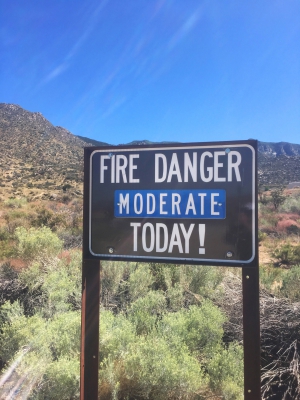
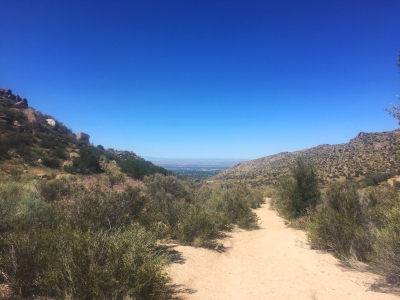
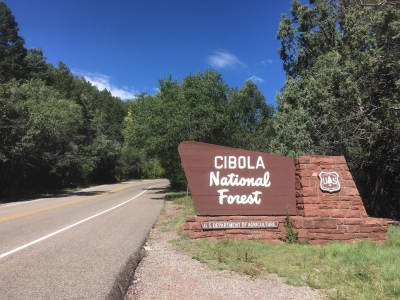
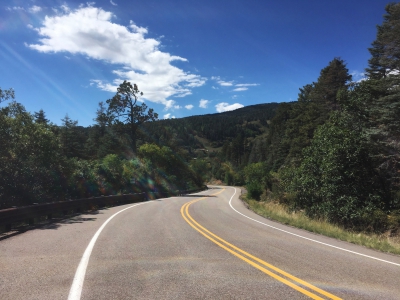




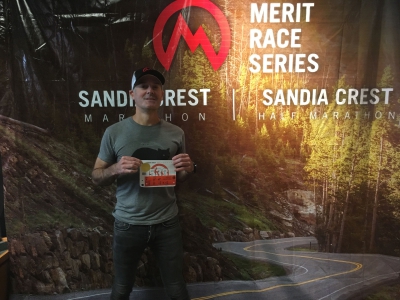

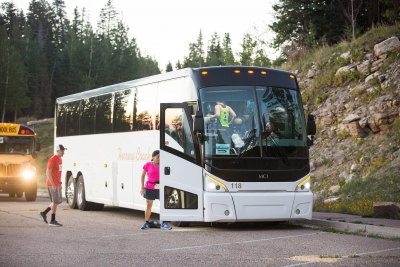


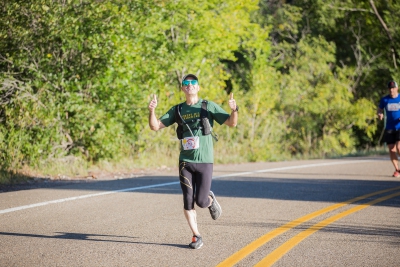



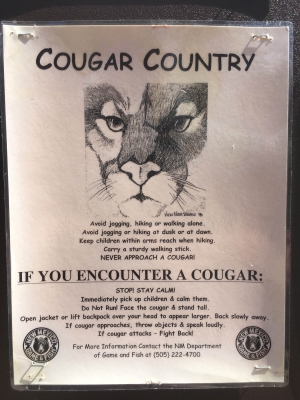


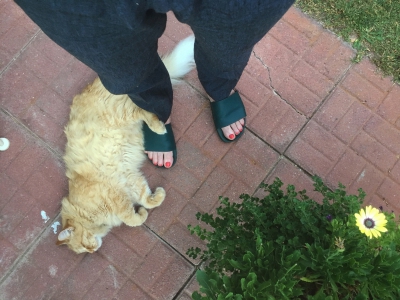
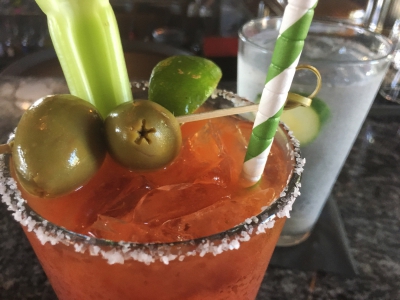
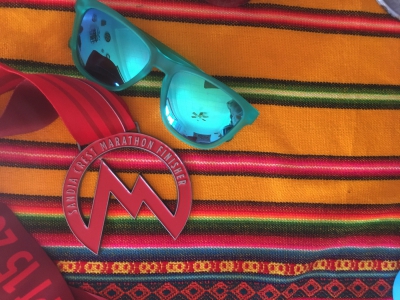
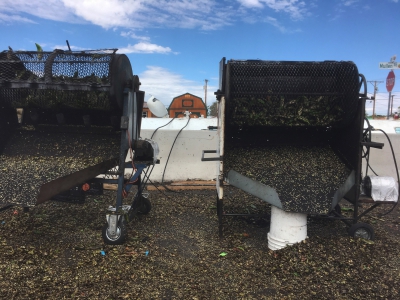

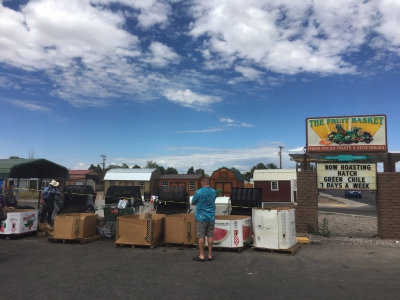

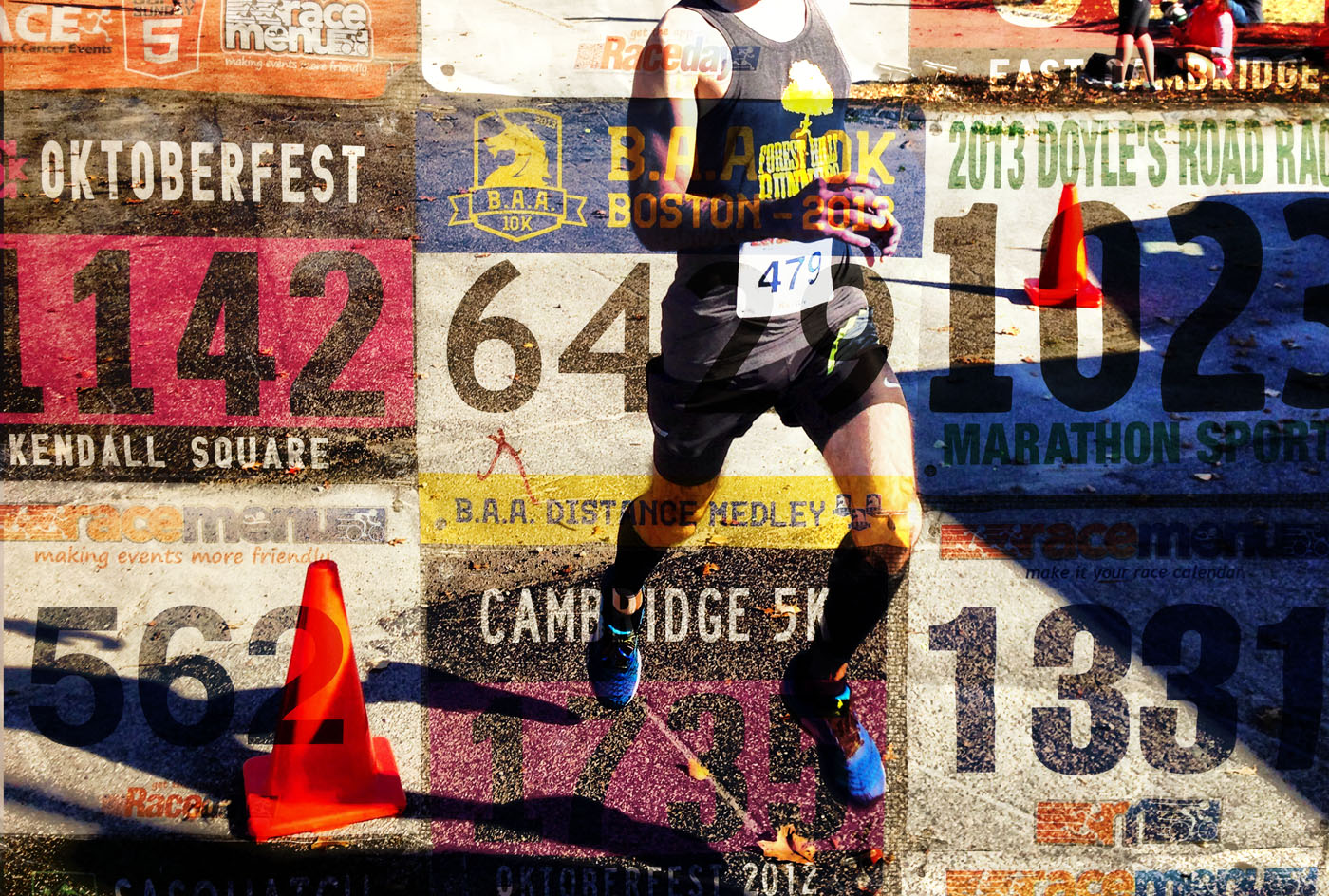
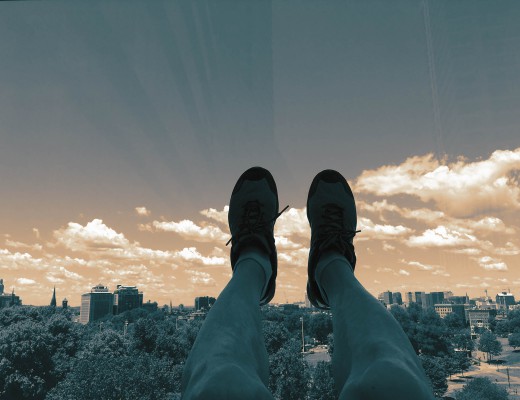
No Comments